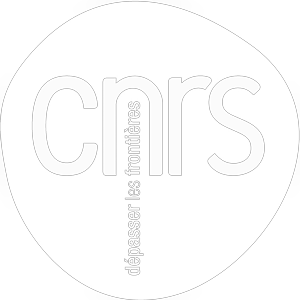Temporal trajectories of artificial radiocaesium 137Cs in French rivers over the nuclear era reconstructed from sediment cores
authors
keywords
- Sediment cores
- Rivers
- Radiocaesium
- Radioactivity
- Trajectories
- Resiliency
- Panoply
document type
ARTabstract
137Cs is a long-lived man-made radionuclide introduced in the environment worldwide at the earlybeginning of the nuclear Era during atmospheric nuclear testing’s followed by the civil use of nuclearenergy. Atmospheric fallout deposition of this major artificial radionuclide was reconstructed atthe scale of French large river basins since 1945, and trajectories in French nuclearized rivers wereestablished using sediment coring. Our results show that 137Cs contents in sediments of the studiedrivers display a large spatial and temporal variability in response to the various anthropogenicpressures exerted on their catchment. The Loire, Rhone, and Rhine rivers were the most affected byatmospheric fallout from the global deposition from nuclear tests. Rhine and Rhone also receivedsignificant fallout from the Chernobyl accident in 1986 and recorded significant 137Cs concentrations intheir sediments over the 1970–1985 period due to the regulatory releases from the nuclear industries.The Meuse River was notably impacted in the early 1970s by industrial releases. In contrast, theSeine River display the lowest 137Cs concentrations regardless of the period. All the rivers respondedsimilarly over time to atmospheric fallout on their catchment, underlying a rather homogeneousresilience capacity of these river systems to this source of contamination.



